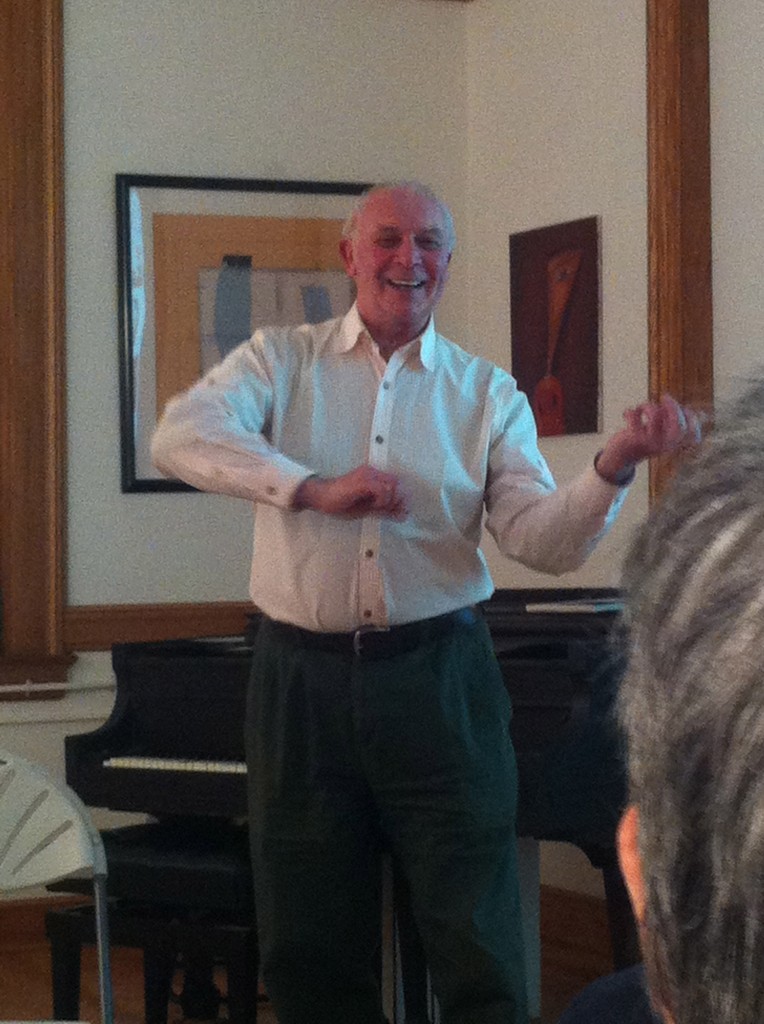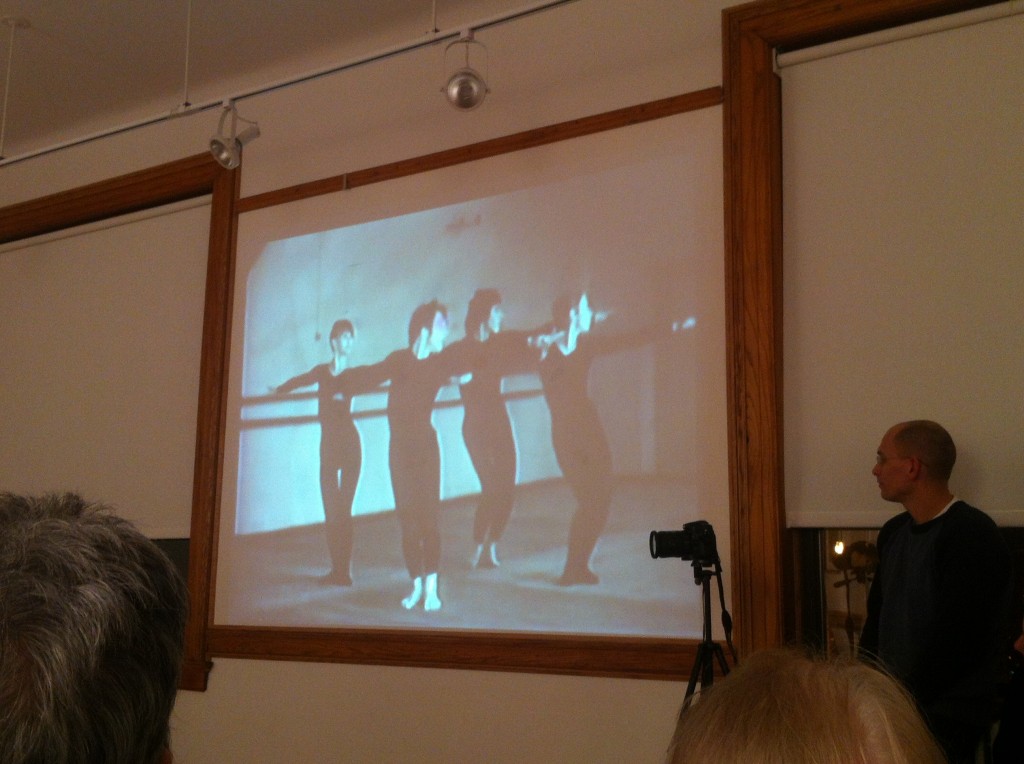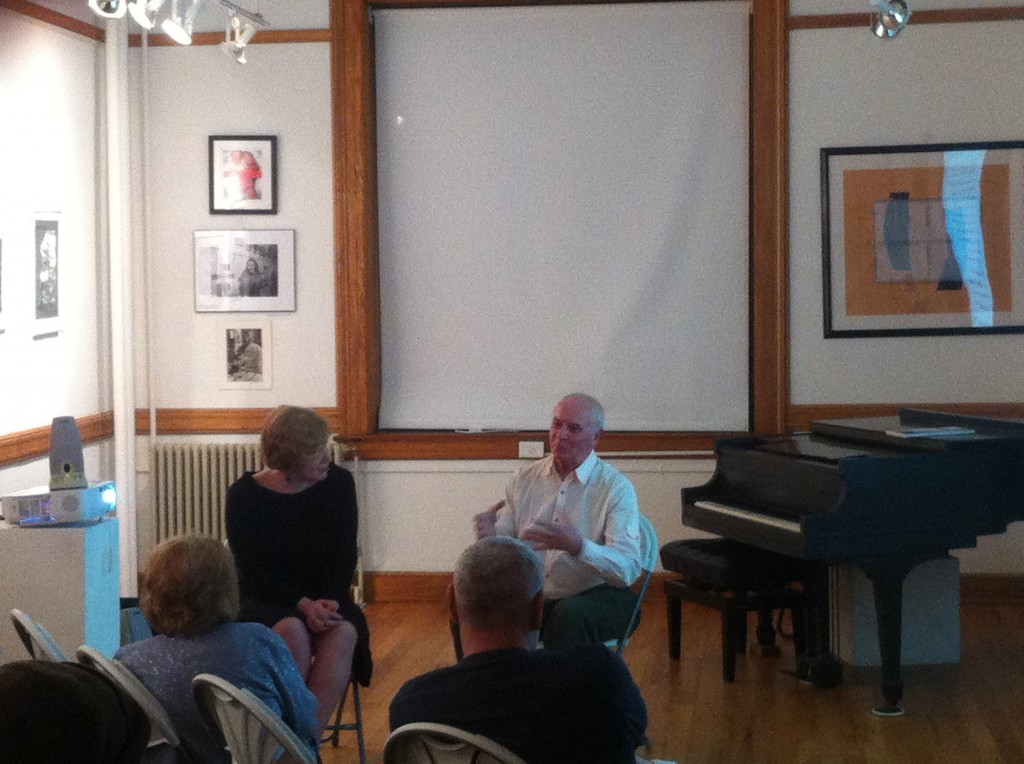Grigory Gurevich about Pantomime Theater and Immigrant Artists
The Nonconformist or “unofficial art” movement took place in Russia from 1953 to 1986. It was unofficial due to governmental persecution. When totalitarianism ruled, it did not leave a trace of diversity. Because of this, artists stood up and fought for their values and beliefs. These artists opposed the totalitarian regime by creating works that reflected its oppression. As Joseph Backstein explains, “The creation of this nonconformist tradition was impelled by the fact that an outsider in the Soviet empire stood alone against a tremendous state machine, a great Leviathan that threatened to engulf him. To preserve one’s identity in this situation, one had to create a separate value system, including a system of aesthetic values.” Nonconformist movement grounds in fighting the governmental mechanism and values.
The Nonconformist movement of painters are mostly known among Russians and artists and advocates in the field, however, not so much is known about the theater movement. Grigory Gurevich, the pantomime actor, director, painter and sculptor – today a multi-media artist – was invited to share Nonconformist diaspora insights with the MoRA community. Grigory created his own pantomime group in 1966, the first professional pantomime group in Russia. Over some time his company grown and joined the famous theater of Arkady Raikin. Raikin was a famous theater actor and director, which allowed Grigory and his group to perform “alternative” shows without facing pressure from the government. After a while, Grigory split from Raikin’s theater and could not continue staging his shows on his own due to persecution. He had to move to the US to be able to continue his work freely.

Grigory discussed the Nonconformist movement with Dr. Margaret Dikovitskaya, the author of the book Visual Culture: The Study of the Visual after the Cultural Turn. His lecture turned into a rich and vibrant personal story about theater, ideas, emotions, juxtaposition, and professional rejection on a scale of the whole country. In Russia, Grigory created several pantomime performances including: “Acrobat”, “Man and Sea”, “Jungle”, “Black Square” and others. “Black Square” especially attracted everyone’s attention. Performed by only four actors, this pantomime expressed the power of deterrent machine, inevitability, fear, and humility.

This program was made possible with the help of New Jersey Council for the Humanities. The topic received interest from American visitors and traces of an emotional connection from the majority of Russian visitors.

